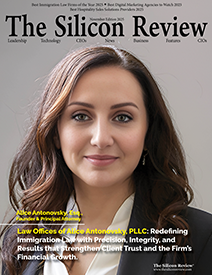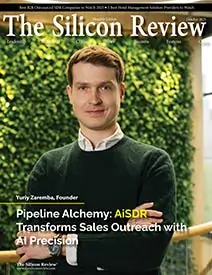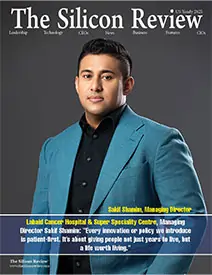>>
Industry>>
Healthcare>>
Silent Exposure: CT Scans Link...Silent Exposure: CT Scans Linked to 100,000 Annual Cancer Cases, Study Warns of Rising Diagnostic Risks
The Silicon Review
18 April, 2025
A new UCSF study finds that CT scans may be causing up to 100,000 new cancer cases annually in the U.S., raising serious concerns over diagnostic safety in healthcare systems increasingly reliant on automation.
A groundbreaking study from the University of California, San Francisco, has sent ripples through the healthcare community, linking computed tomography (CT) scans to an estimated 100,000 cancer diagnoses per year in the United States. The findings, based on decades of radiation exposure data and predictive modeling, suggest a significant reevaluation of routine imaging protocols may be warranted—particularly in systems that rely heavily on automated diagnostic workflows. CT scans, while invaluable in clinical decision-making, expose patients to ionizing radiation levels far exceeding that of standard X-rays. According to the study, the surge in their usage—especially among asymptomatic patients or for non-urgent diagnostics—has led to a quantifiable rise in long-term cancer risk. The most common outcomes identified were cancers of the lung, colon, and breast, disproportionately affecting younger patients and those undergoing multiple scans.
The issue is compounded by healthcare’s growing dependence on automated systems that streamline imaging referrals and diagnostics, often removing human discretion from the equation. Industrial automation in radiology, while efficient, may inadvertently promote overuse if not tightly governed by clinical oversight and updated risk assessment protocols. The UCSF team emphasizes the need for smarter imaging algorithms that factor in cumulative radiation exposure, patient age, and necessity—elements not always accounted for in current AI-driven workflows.
Healthcare providers, diagnostic technology firms, and system integrators will need to respond with urgency. Incorporating real-time dose monitoring, refining automated decision trees, and bolstering patient education are just a few strategies that could mitigate risk. As AI and automation continue reshaping the industry, ensuring that patient safety isn’t sidelined by operational efficiency will be the test of true innovation.


 (1)_2025-10-21_13-35-14.webp)

_2025-10-02_10-21-48.webp)

